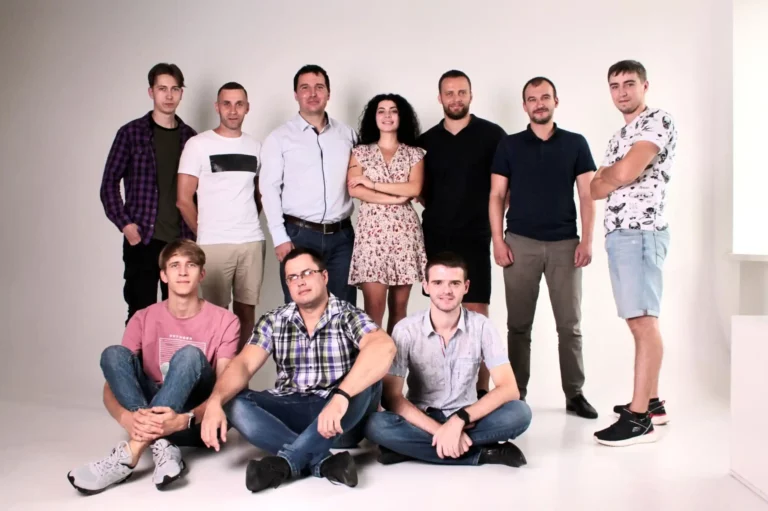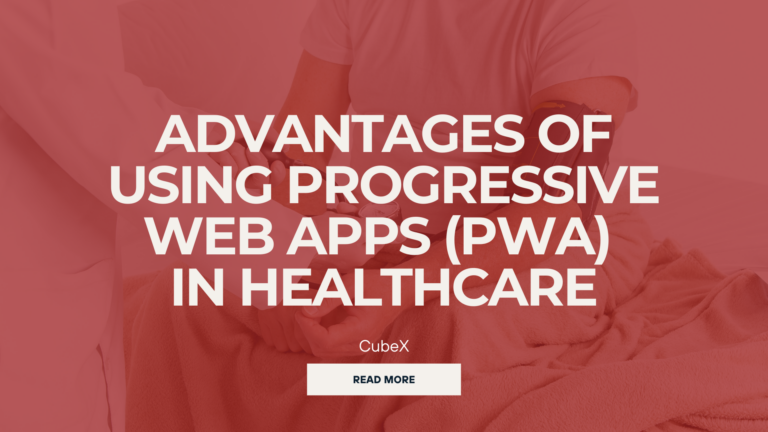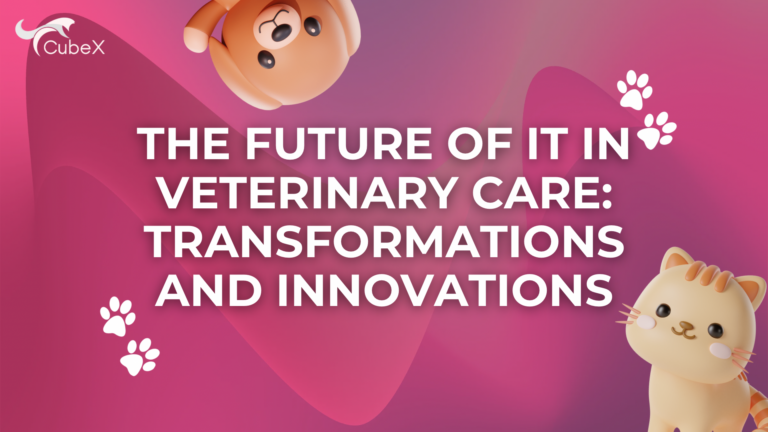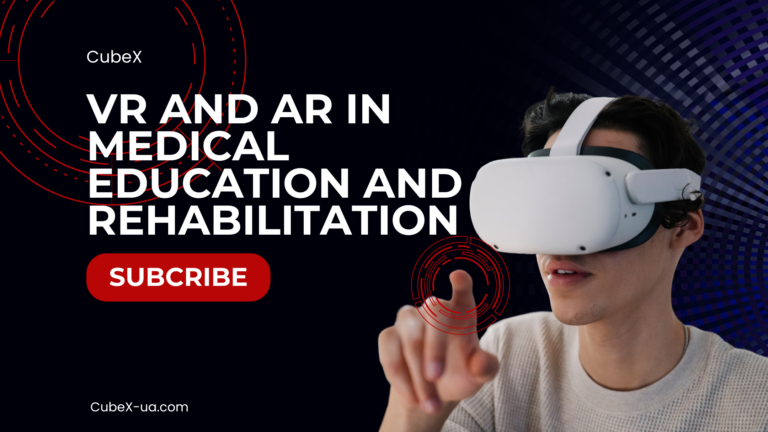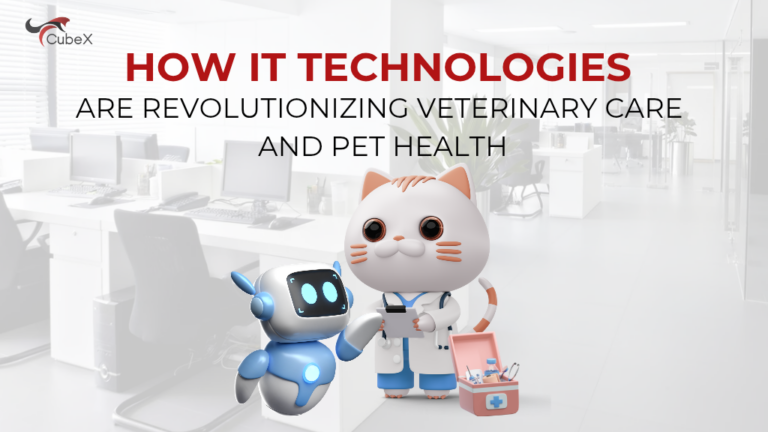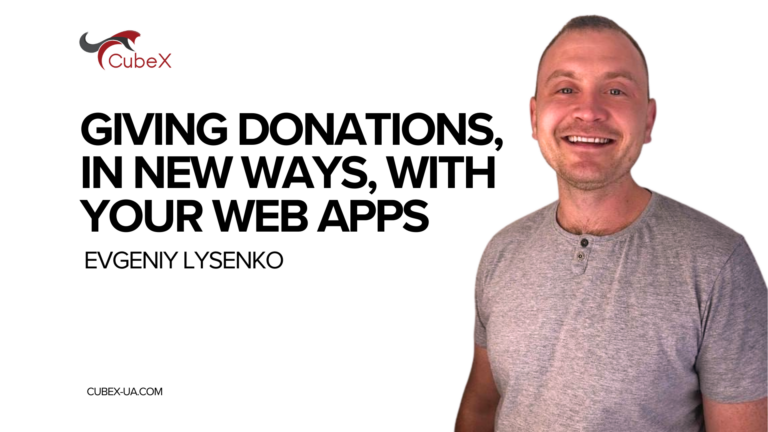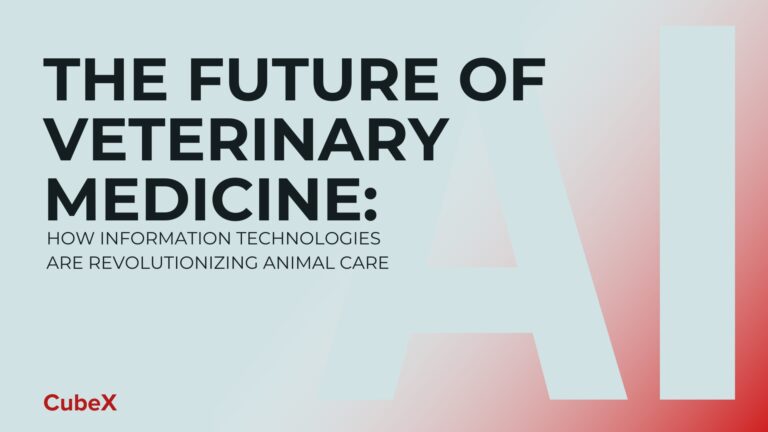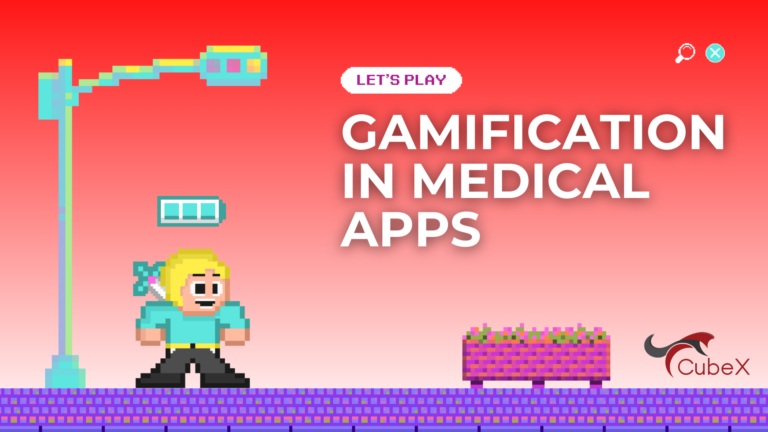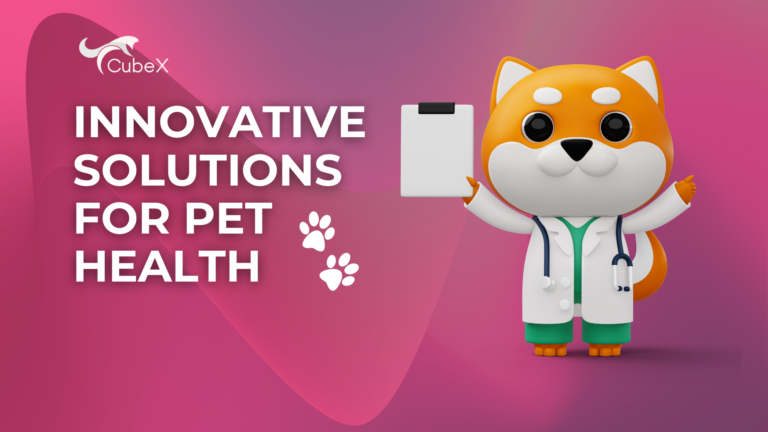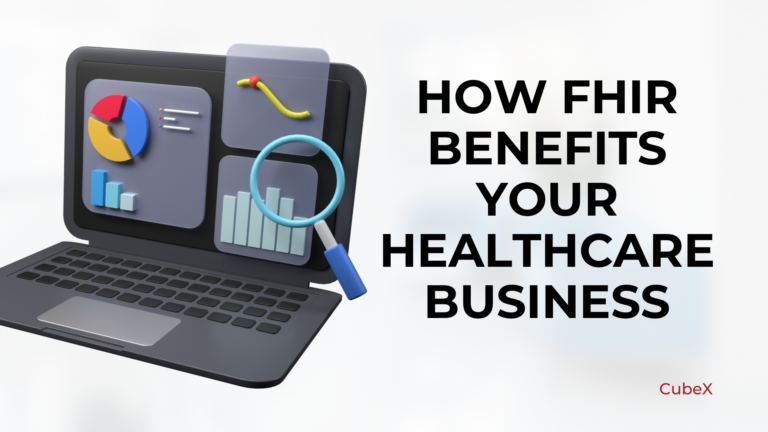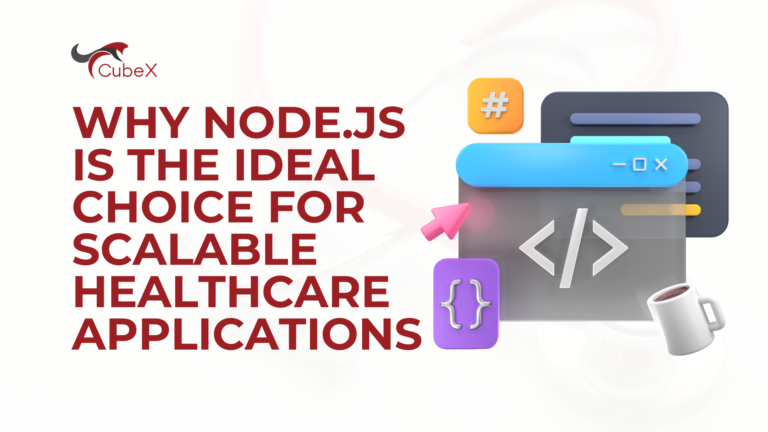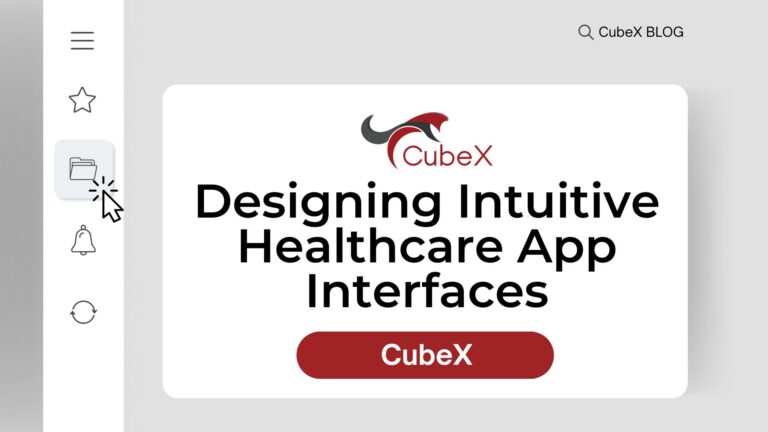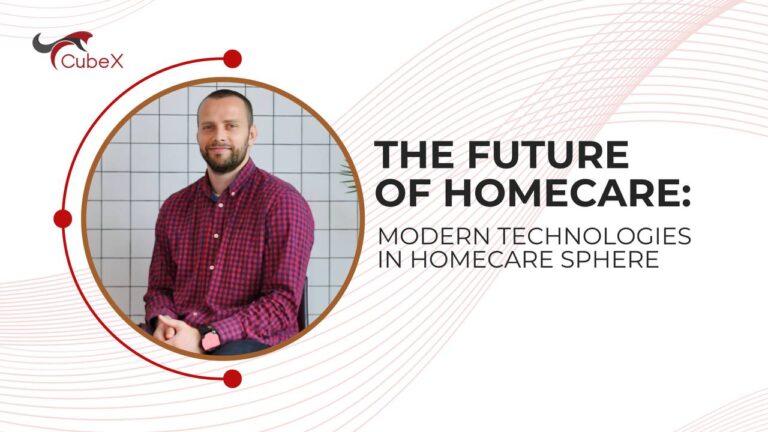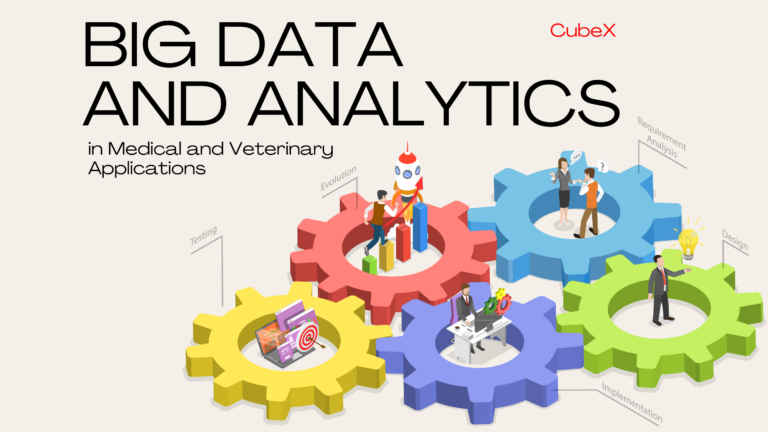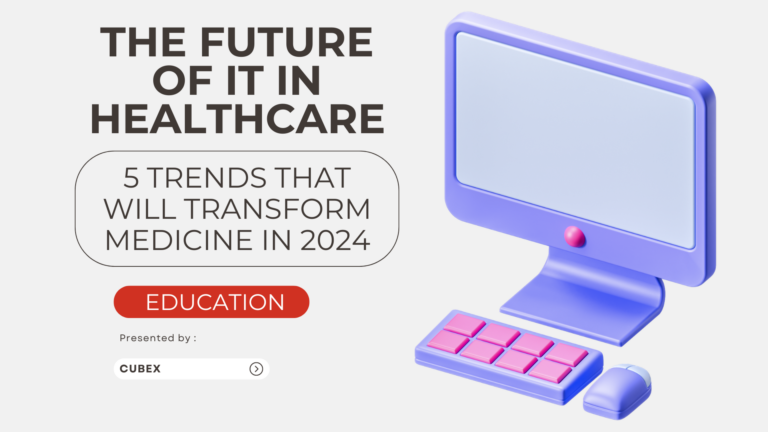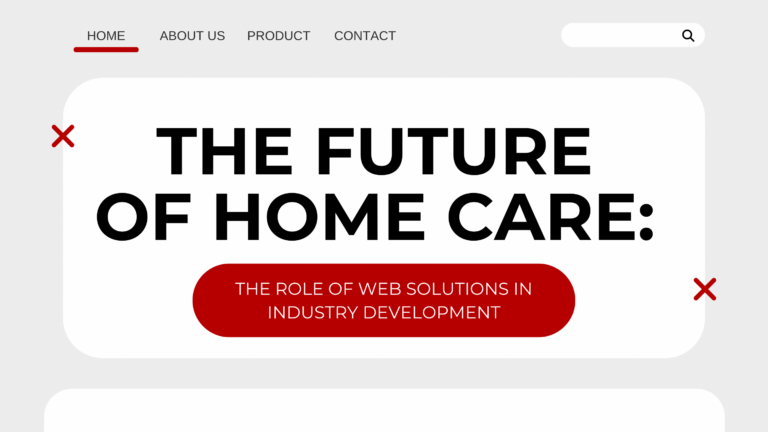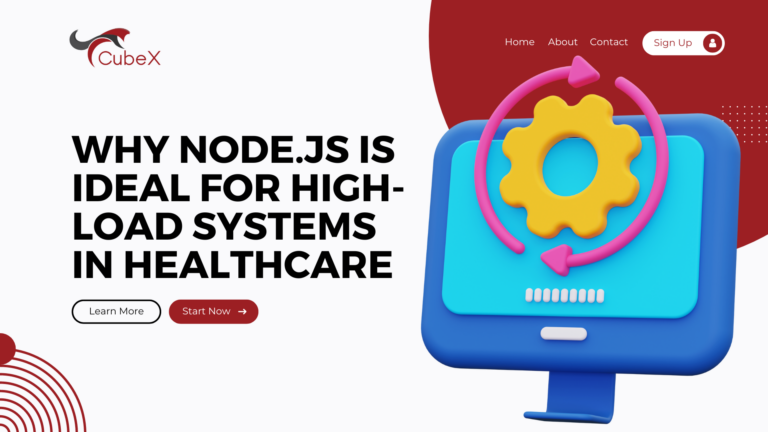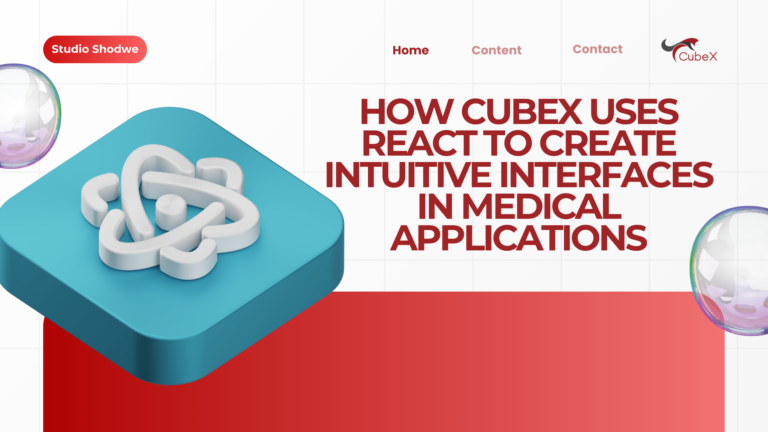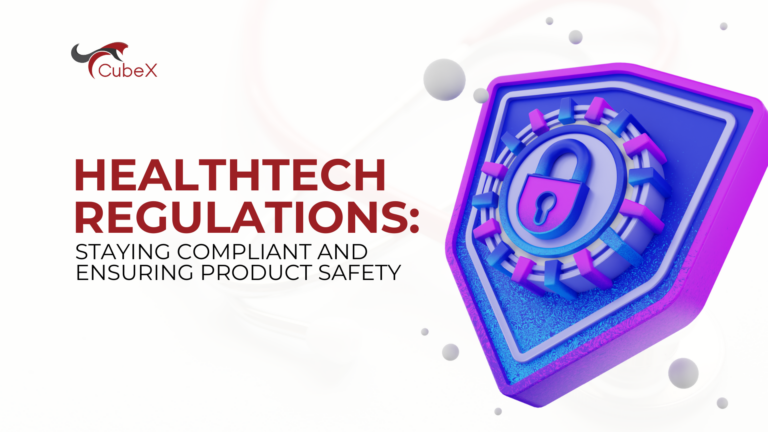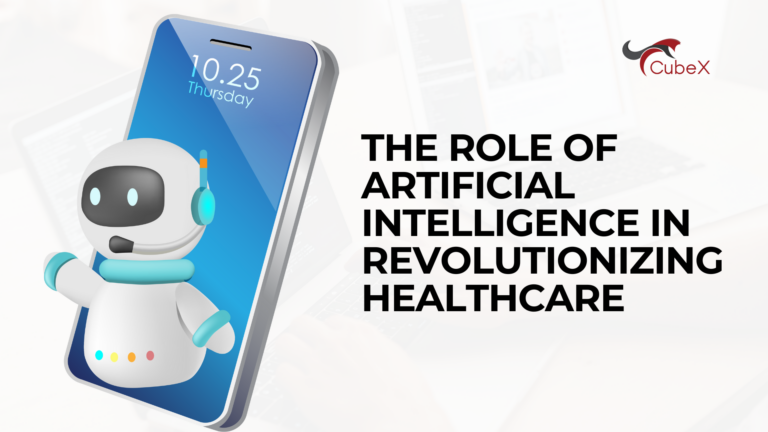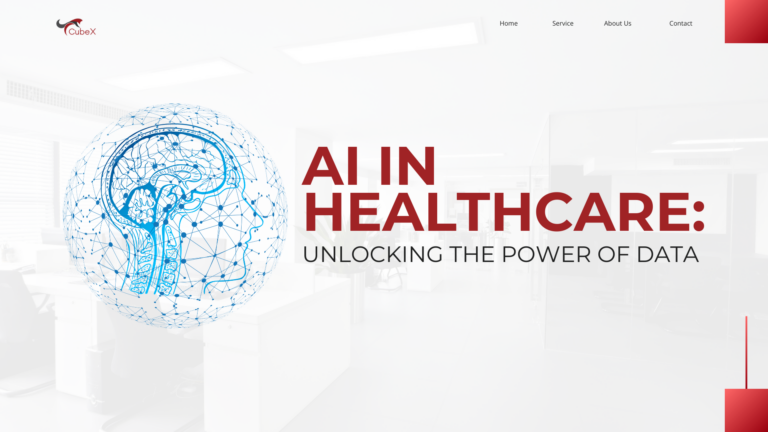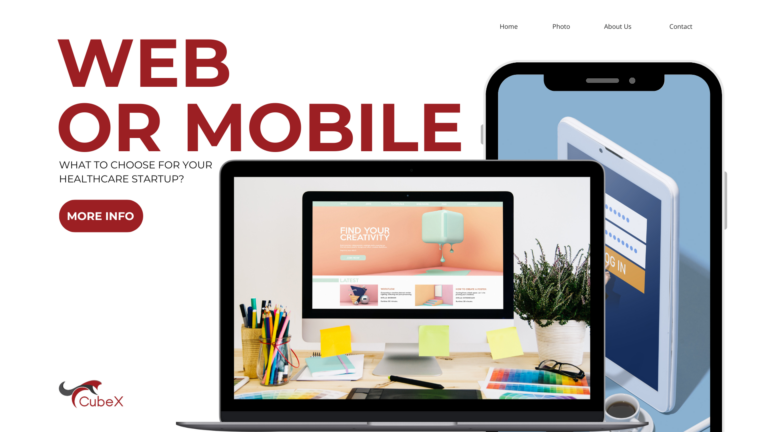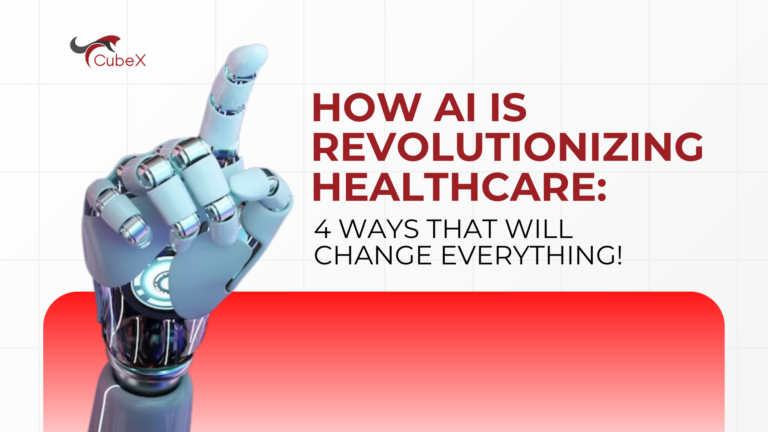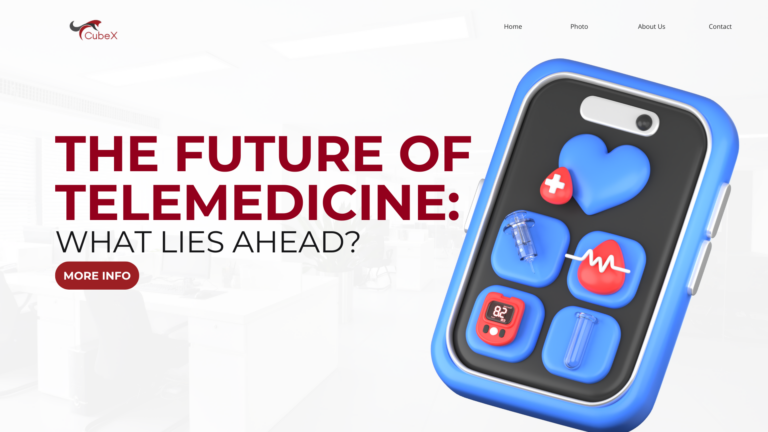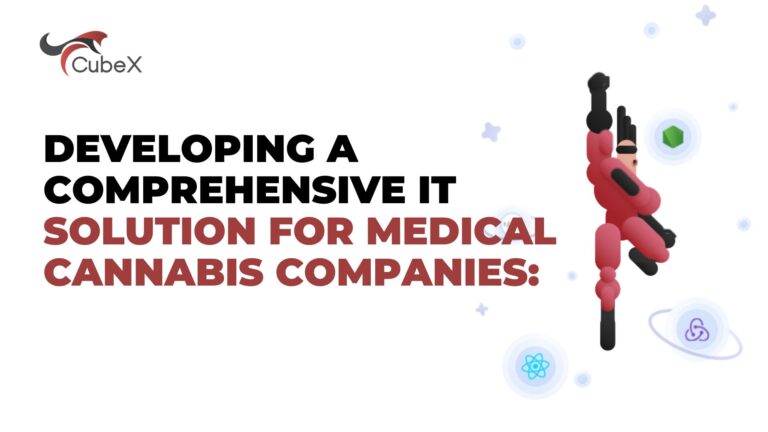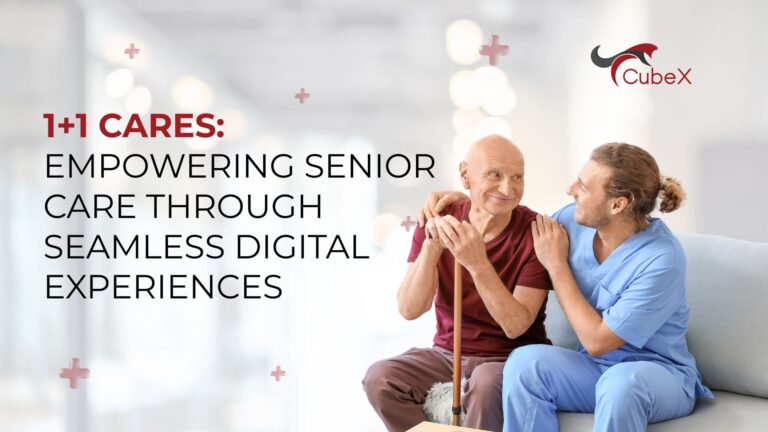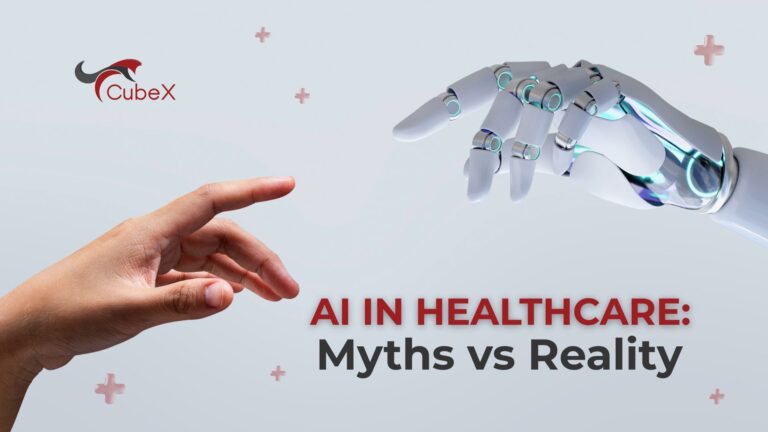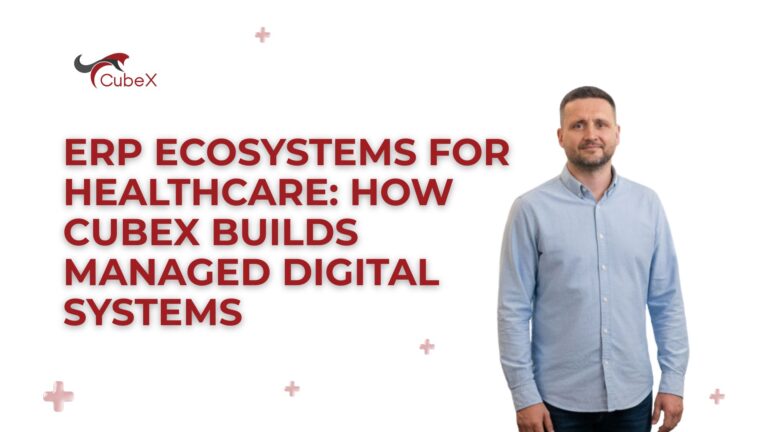Gamification in Medical Apps: How Game Elements Help Users Take Care of Their Health

Gamification is the process of incorporating game mechanisms and elements into non-gaming areas such as education, fitness, healthcare, and many others. In recent years, it has become a key trend in the development of mobile and web applications, especially in healthcare. At CubeX, we actively apply gamification to create medical apps that not only help users take care of their health but also make the process engaging and motivating.
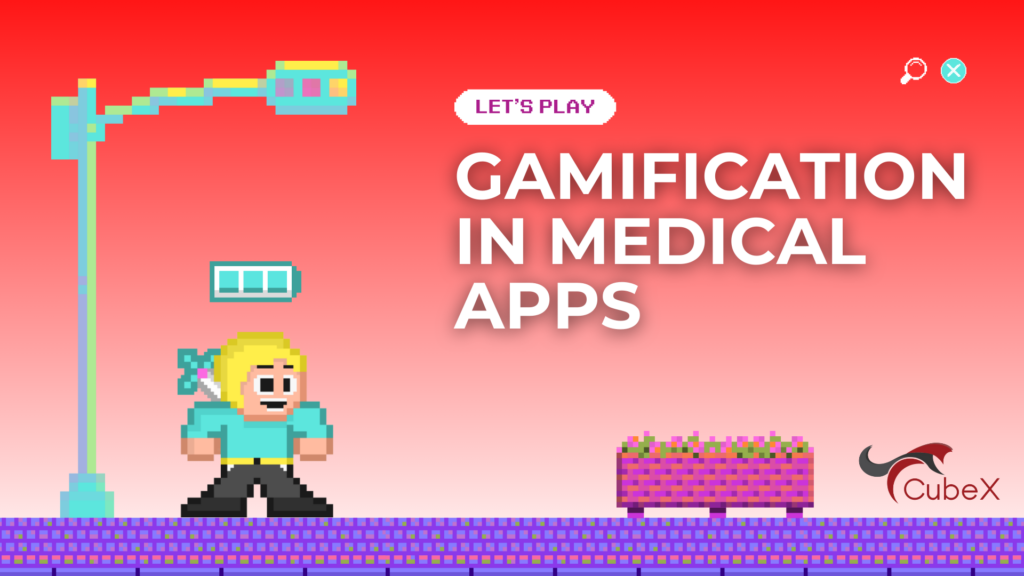
Why Does Gamification Work in Healthcare?
The psychology of games has long proven that game mechanics are powerful tools for behavior change. Several key factors underpin the effectiveness of gamification:
- Motivation through rewards. Most users are driven by instant gratification and positive reinforcement. Game mechanics like rewards, badges, and level-ups enhance motivation for regular actions.
- Competition and social interaction. When users see their friends or colleagues achieving greater success in certain tasks, it pushes them to strive for better results.
- Ease of entry. Apps with game elements make tasks more accessible and interesting, which is crucial for health-related activities that may seem tedious or challenging.
- Immersive process. Game elements and narratives can turn routine tasks into exciting adventures, helping to keep users engaged with the app for a long time.
How Gamification Helps in Medical Apps
Gamification in medical apps is used to increase user adherence to healthy habits, regular medication intake, doctor visits, and other tasks related to healthcare routines. Here are a few specific examples of how game mechanics work in apps developed by CubeX:
1. Tasks and Achievements
Many apps set daily or weekly goals for users, such as completing a certain number of steps, drinking enough water, or performing a series of exercises. For example, users receive notifications to take 10,000 steps a day, and upon achieving the goal, they are rewarded with virtual rewards like badges, stars, or points.
- Example: The Fitbit app uses such mechanics to monitor physical activity. Studies show that users who track their achievements through gamified apps increase their physical activity by 25%.
2. Leaderboards and Competitions
Another important gamification element is a competitive environment. Apps often include leaderboards where users can compare their results with friends or other participants. This mechanic encourages users to outperform others and maintain an active lifestyle.
- Example: In the Strava app, which supports runners and cyclists, users can compete with each other by completing various physical challenges. Data analysis shows that users participating in competitive challenges increase their activity by 30%.
3. Virtual Rewards and Gifts
A highly effective way to stimulate regular app usage is by offering virtual rewards, such as points that can be exchanged for discounts or real prizes. In medical apps, this can be especially useful for improving adherence to treatment or regular workouts.
- Example: The SuperBetter app uses game mechanics to boost users’ motivation to complete tasks for physical and mental well-being. The platform offers users points for completing certain actions, which can be exchanged for useful resources, improving treatment adherence by 20-30%.
4. Personal Avatars and Characters
Some apps create characters or avatars that develop as the user completes tasks. This establishes a personal connection to the process and encourages the user to continue monitoring their health to see their character progress.
- Example: The app Zombies, Run! turns running into an exciting adventure where the user escapes from zombies and completes missions to “save humanity.” This narrative helps users stick to their workout routine, increasing exercise regularity by 40%.
Benefits of Gamification in Medical Apps
- Improved treatment adherence. Gamification helps users consistently perform tasks related to treatment, whether it’s taking medication, doing exercises, or monitoring health metrics.
- Increased user engagement. Game mechanics make the health care process fun and interesting, helping users stay engaged with the app for longer periods.
- Social interactions. Leaderboards and competitions help users motivate each other, which is especially important in tasks related to physical activity or health maintenance.
- Positive impact on mental health. Gamified apps help users cope with stress, anxiety, and depression through enjoyable and motivating tasks.
Gamification in CubeX Developments
At CubeX, we actively apply gamification in the development of medical apps for the healthcare industry. We create solutions that motivate users to monitor their health by making the process enjoyable and easy. Our apps not only help track medical metrics but also foster healthy habits through game mechanics like rewards, competitive elements, and personalized avatars.
Want to learn more about our gamification solutions? Contact us, and we will develop a unique solution that will help not only improve your users’ health metrics but also retain them in your app for the long term!
Contact Us
Please contact us for any further information

